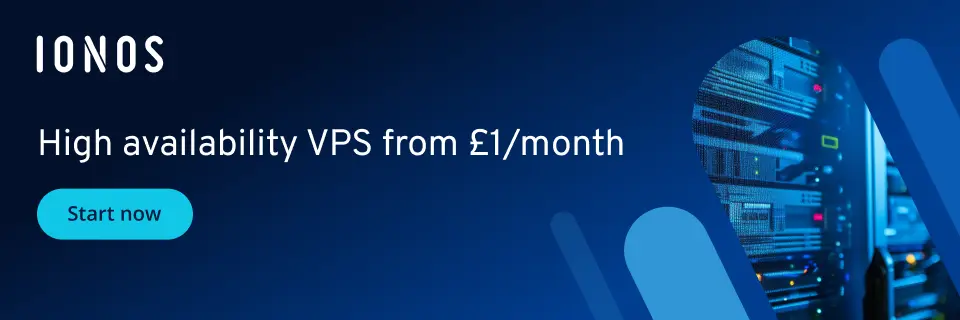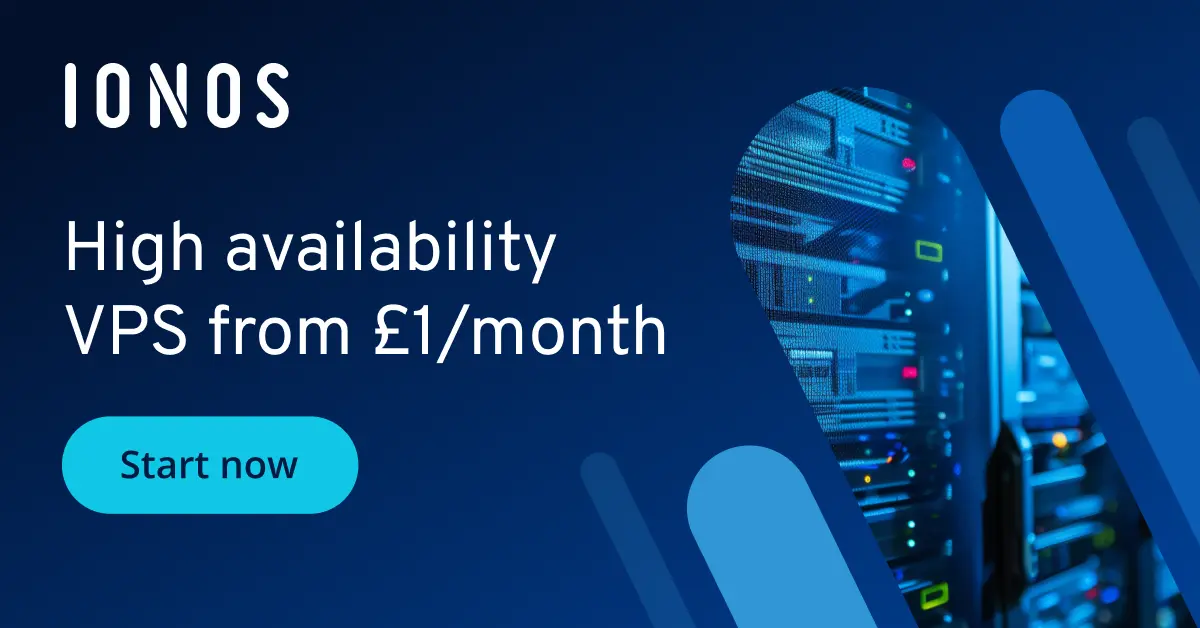What is Firebase?
Firebase is a development platform by Google designed for mobile and web-based applications. The platform is easy to integrate, reduces development effort, and stands out with automatic scaling and real-time synchronisation. Typical use cases include gaming apps, chat applications, social networks, and performance and usage analytics.
What is Firebase?
Firebase is a development platform by Google specifically designed for web, Android, and iOS apps. The platform helps developers address three key challenges:
- to quickly build an app
- to release and monitor the application
- to engage users.
As a Backend-as-a-Service solution, Firebase combines all infrastructure components for modern and powerful applications in the form of pre-made cloud services. These can be easily integrated and often replace custom backends. Since it is a serverless solution, there is no need to worry about infrastructure management, scaling, or security patches.
- Enterprise-grade architecture managed by experts
- Flexible solutions tailored to your requirements
- Hosted in the UK under strict data protection legislation
What features does Firebase offer?
The development platform features an extensive repertoire of functions, consisting of more than 20 different Firebase products, some of which are available for free. These are divided into two main categories: Build and Run. We introduce the key features of both categories below.
Build
The ‘Build’ category includes tools for application development. At the core are the two databases that form the backbone of the development platform. The Firebase Realtime Database (RTDB) enables JSON-based data storage and performs real-time data synchronisation. The Cloud Firestore, also known as Google Firestore, offers a document-centric alternative. In both cases, these are cloud-based NoSQL databases. Other features include:
- Hosting and app hosting: Hosting for web apps and mobile apps
- Authentication: Enables user sign-in via email
- Cloud storage: Storage and delivery of user-generated content
- Cloud functions: Among other uses, for executing serverless code
- Generative AI: Creation of AI-based apps
- Firebase ML: Mobile SDK (Software Development Kit) for machine learning
- App check: Protection against access by unauthorised clients
Run
In the ‘Run’ category, you’ll find tools for running, monitoring, and optimising applications. These include:
- Firebase cloud messaging (FCM): Sending push notifications
- App distribution: Overview of the beta testing program by users on mobile platforms
- Crashlytics: Monitor and fix crashes in real-time
- Google Analytics: Get comprehensive app analytics
- A/B testing: To improve the user experience
- Test lab: Cloud infrastructure for application testing
- Remote config: Personalise and update apps without an update
- In-app messaging: Contextual messaging
- Performance monitoring: Analyse your app’s performance


The advantages and disadvantages of Firebase
Firebase consolidates numerous backend services into a single platform, significantly accelerating application development. At the same time, tasks like server operation, scaling, and patching are eliminated. However, the close tie to the Google ecosystem and the usage-based pricing model may lead to limitations and unforeseen costs.
Overview of Firebase advantages
- Accelerated development: Ready-to-use backend components like databases or authentication allow for greater focus on application development and the user interface, rather than building infrastructure from scratch. This significantly reduces implementation time.
- Seamless real-time synchronisation: The Realtime Database synchronises data between client applications in real-time. This enables interactive features like live chats without additional effort.
- Automatic scalability: Due to its cloud-based architecture, Firebase dynamically adjusts resources according to usage volume. Performance remains stable even during traffic peaks without manual intervention.
- Cross-platform support: Firebase enables cross-platform development and supports web, Android, and iOS applications as well as Flutter, Unity, and C++. This eliminates the need for maintaining multiple backend implementations and allows centralised management of releases.
- Comprehensive analytics: Firebase Analytics provides detailed insights into user behaviour. With predefined dashboards and events, trends can be identified early, and applications can be optimised based on data.
Overview of Firebase disadvantages
- Not open source: The source code of Firebase is not publicly available, preventing developers from making their own extensions to the core system. However, many libraries and SDKs can be found on GitHub.
- Vendor lock-in: The deep integration with the Google ecosystem makes later migration to other platforms difficult, binding you to Firebase in the long term. This can pose a challenge, especially for large apps.
- Only NoSQL databases available: The development platform does not offer the option to rely on relational database models.
- Cost uncertainty: Due to the usage-based pricing model, it can sometimes be difficult to predict the final costs, especially with unpredictable access patterns.
- Limited query options: Complex queries often require workarounds or external tools because the native query functionality is limited.
For which applications is Firebase suitable?
Whether creating backends, testing, hosting, or monitoring applications: Firebase provides tailored solutions for different stages of the app development cycle. Some of the most popular application areas include:
- Live chats and communication: With the Firebase Realtime Database, messages can be synchronised in real-time between clients, making the platform ideal for chat apps, live support systems, and team tools.
- Mobile applications and push notifications: Firebase Cloud Messaging allows for the reliable delivery and automation of push messages to enhance user engagement and interaction.
- Usage analysis and performance insights: Firebase Analytics provides comprehensive metrics for analysing user behavior and app performance. By evaluating this data, you can continuously optimise the user experience.
- Multiplayer gaming and real-time interaction: Thanks to the real-time database, Firebase is ideal for game backends that require immediate synchronisation of interactions. Firebase allows scores and game events to be synchronised instantly, keeping all participants always up-to-date.
- Social networks and community platforms: The integrated authentication services—for Google, Facebook, or X (formerly Twitter)—simplify registration and login, while NoSQL databases support flexible profile and feed structures.
Recommended solutions as alternatives to Firebase
Firebase offers a wide range of features and many advantages, but it also has some drawbacks. Depending on project requirements and hosting environment, another solution might be the ideal choice. The most common alternatives include:
- MongoDB: Horizontal scalability ensures flexibility
- MariaDB: Ideal for data-intensive applications
- DynamoDB: Fully managed database by Amazon
- Couchbase: Document-oriented with in-memory cache and seamless scaling
- MySQL: Established relational database management system with high user-friendliness
- Apache Cassandra: Optimal for large data volumes

